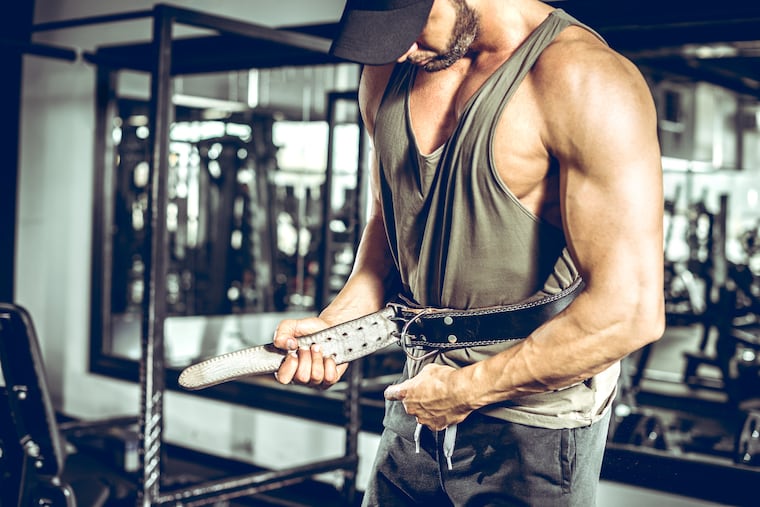Should I wear a weightlifting belt?
Most people cinch weightlifting belts as tight as possible across their stomach prior to performing their lift, hold their breath and go! But is this the best possible way to be using these belts?

Weightlifting belts are a common site in many gyms across the country. Most people cinch them as tight as possible across their stomach prior to performing their lift, hold their breath and go! Is this the best possible way to be using these belts while lifting?
Weightlifting belts can be hugely beneficial for many individuals but not for the reasons you might think. It is important to note that weightlifting belts do not provide passive support. They provide people with an external cue to help you develop proper pressure for trunk support and optimal load acceptance.
Think about it this way. What is more stable and supportive: Pressure or strength? If you said pressure, you're right. I'll use a soda can as an example. When the tab is closed and the can is fully pressurized, few people could crush the can, but, when you open the tab and release the pressure, even a child could crush the can without difficulty. Nothing changed in the strength of the aluminum. But the pressure supporting the can changed.
For optimal support, weight lifters should create pressure between their diaphragm (top) pelvic floor (bottom), transverse abdominis (sides, front and back) and obliques (sides). The weight belt wraps around these structures to provide external cues to help a lifter pressurize their torso. Wearing a belt without creating pressure and only relying on the strength of muscles will give the lifter a false sense of security until their trunk muscles are too weak to support the load they have worked up to.
The key to trunk support is the ability to maintain pressure from the inside out. People who squat, deadlift and perform Olympic Lifting activities tend to wear weight belts because they need to be able to pressurize with the help of the belt. Lifters who cannot pressurize their torso often deal with chronic strains and sprains that limit their performance. In order to properly stabilize your trunk with pressure try these two simple steps and watch your numbers increase.
Take a deep breath into your belly so it expands forward, backward and to the sides.
As you perform your lift, exhale through pursed lips, forcing the air out while feeling your abdominals contract. Do this while maintaining pressure against the weight belt.
Practice these two tips without a belt at a comfortable weight and then place the belt on and try these techniques at a more challenging weight.
Once you've mastered the skill of creating pressure into the belt for optimal trunk stability, you'll be able to start lifting heavier weights while minimizing your risk of injury.
Jon Herting is a physical therapist at The Training Room in Garnet Valley, Pa.